3 Simple Tips to Rebalance The Mental Load In Your Home
{By Sarah Sperry}
Have you suddenly found yourself in the “default parenting” role without even realizing how you got there?
And by default parent, I mean are you the one who does the lions share of the day to day work to run your household- managing the kids schedules and all the text chains that go along with that, making sure your pantry is stocked with food, and thinking through meals for the week, getting all the laundry done, folded, and put away, knowing where your son or daughters favorite soccer jersey is or that special blanket that he/she loves so much, packing lunches, primary homework helper, emotional support system and keeper of all things in your house?
This is what researchers on gender equity in the home call the “emotional load”, “mental load,” or “2nd shift,” and in the US the majority of women carry this burden ON TOP of their responsibilities at work.
And it’s burning out working mothers at unprecedented rates.
According to Deloitte’s Women at Work 2022: A Global Outlook Report, 53% of women surveyed say their stress levels are higher than they were a year ago and almost half report feeling burned out. The disruption caused by the pandemic as well as shifts in company expectations led to the Great Resignation when more than 1 million women left the workforce (myself included) because their caretaking responsibilities became too much. And now we are seeing the “Great Breakup” with female leaders demanding more from their employers, and are willing to leave their current jobs to get it.
It is estimated that women spend on average three to six hours per day on cooking, cleaning, and other domestic tasks, compared to men’s average 30 mins to two hours. And, according to a January 2020 report from Oxfam, the unpaid labor of women and girls around the world contributes an estimated $10.8 trillion to the global economy each year. Women’s unpaid labor at home increased by 153% during the pandemic, and it’s estimated they experienced approximately $800 billion in lost income.
These are mind boggling statistics and a huge challenge to overcome for the overall care economy that is the fastest growing sector of work in the world. So how can we begin to solve these mounting gender equity issues and tip the scale to make the invisible and mental labor at home more equal?
Eve Rodsky’s New York Times best selling book Fair Play provides a framework for how to start. A Harvard trained mediation lawyer, the premise of her book is that our home is the most important organization and without systems and processes in place to make it run efficiently, other areas of our life will begin to crack. While I highly recommend reading the book, if you are looking for simple strategies to implement in your home right away try these:
1. Take a step back and ask yourself are there better, more efficient ways to organize your home life?
When you are operating on autopilot hammering out the 22 things on your personal to do list on top of a full day of meetings, the daily grind can get exhausting. And in many cases we find ourselves saying, “it’s easier if I just do it myself vs asking my partner for help.”
Just a reminder, this mentality leads to overwhelm and will eventually burn you out.
First: Take stock of everything on your plate and make an “invisible work” list that includes everything you do in your day to run your household. Every little thing….even taking a minute to reply to a school email!
Assess your strengths and weaknesses when it comes to each task and consider your partners- write them down.
Next: Ask yourself which tasks you wish you had help with? What tasks bring you resentment or which ones do you absolutely hate doing? Ask your partner the same questions.
Finally: Ask yourself which tasks are you willing to let go of completely? Sometimes for high achieving, people pleasing, type A personalities this can be the hardest part; giving up the control and allowing our partner to take over.
Maybe through this exercise you both discover that you absolutely hate doing laundry, and if so that’s an area you could consider outsourcing. Or maybe your partner would love to start taking your toddler to his/her wellness checks but you’ve just never taken the time to ask. It’s just a task you’ve taken on by default.
Or depending on the ages of your children and their responsibility level, maybe you can start outsourcing more of the mental load to them (along with your partner). For example, letting them buy their own (approved) items on Amazon….think of that long school supply list you have to get through every August. Or when they request a certain snack you show them where the “master shopping list” is kept so they can add to it, or even teach them how to use Instacart so they can help with the grocery shopping.
Remember you are a team and it takes a village to run a family!
2. No Is Beautiful
For people pleasing personalities saying no can sometimes be difficult. But learning to say no and set better boundaries is an important skill set to learn especially when overwhelm and burnout starts to set in.
Pause before you say yes to anything extra to assess if you have room on your plate- hosting the Thanksgiving dinner, volunteering at your child’s school, or offering to cook a meal for a friend. While we all want to be kind and do charitable work, “I’ll get back to you,” is a perfectly acceptable answer which can give you more time and space to assess if it’s something additional you can take on.
At work, take better control of your calendar to block out some time for yourself- whether it’s a workout or just some focus time to work on a task without distractions. Assess if EVERY meeting request you get is a valuable use of your time, can the issue be solved in another way? And make sure to work within systems and processes that are set up. Is what you are being asked to do part of your core job responsibilities, are there other ways you can delegate or are your perfectionists tendencies getting in the way of you successfully doing that?
Remember that saying no can feel empowering and gives you autonomy if the mental load is starting to overwhelm you.
3. Communicate, communicate, communicate
While talking with your partner about these complex gender equity issues can feel heavy and not exactly a fun topic to discuss, it’s really important to try and communicate what the mental load feels like.
Chronic stress and burnout can lead to all sorts of emotional and physical symptoms, and there are lots of willing partners that want to help, but oftentimes don’t even realize everything that you’ve taken on.
From conception to birth, and in the early days of caring for an infant, a woman’s body dictates the process, with our partners learning to assist. As an infant grows and reaches the toddler phase it can be very easy to continue on with those early patterns of the birthing parent “in charge,” and the non-birthing partner waiting to take direction. Shifting that conditioning as your children get older takes open communication, patience, and a lot of practice!
Try discussing these topics out to dinner, over a glass of wine, or after the kids go to sleep when emotions are low and cognition is high. Or if you have a regular weekly check in to discuss logistics for the week, use this time to suggest swapping a few chores for the week or discuss what’s working for you (or what isn’t).
Website: www.sperrywelless.com





